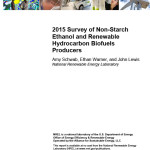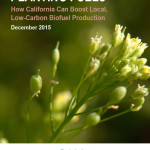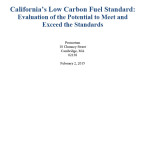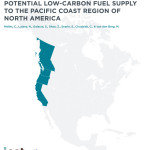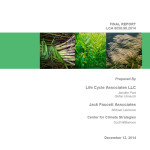Oregon’s Progress Towards Clean Fuels
This week Governor Kitzhaber announced that Oregon will proceed with writing “Phase 2” of the Clean Fuels Program. So far Oregon is simply monitoring the carbon profile of the fuels blended & sold in state. Phase 2 of the program will require the oil industry to begin reducing the total emissions profile of the state’s fuels. While specific targets will be determined by the Phase 2 rule, it might be about a 10 percent reduction over 10 years.
Oil companies can reduce the emissions profile of fuels by blending (and demanding) lower carbon ethanol, biodiesel, new fuels like renewable diesel and renewable gasoline, encouraging electric or natural gas vehicles, or reducing overall demand for fuel.
Once we have the Phase 2 rule written, it will give legislators a chance to evaluate and vote for its passage in 2015. This is a clear winning policy for Oregon. There are no refineries in-state, so this is a first measure to encourage fuel production inside Oregon’s boundaries (read: jobs), as local fuel, by definition, can be some of the lowest carbon fuel.
Most gasoline in the United States already has ethanol blended at about 10 percent. This program will reward ethanol producers for improving their processes and using cellulosic or waste feedstocks. It encourages projects like ZeaChem’s refinery in Boardman, Oregon, which uses local wheatstraw and farmed poplar hybrid trees. (again, read: jobs).
This is analogous to the requirement for utilities to blend some renewable power into our electricity. Some portion of Oregon’s electricity comes from solar, wind or hydro projects, but Oregonians don’t notice the difference, because they can still flip on their light switch and receive electricity on demand. At the pump, you’ll still fuel up as usual, but wouldn’t it be nice to know that some portion of the fuel you pumped was renewable? And maybe even made in Oregon?
Producing fuel locally is our first step towards taking some control over our fuel prices, a growing concern for many Oregonians.
Filed in: Blog • Mary Solecki







